Traditional dishes are delicacies that have been created and enjoyed across generations. They are an important part of a region’s or country’s culinary heritage.
Traditional dishes are deeply rooted in the culture and history of a region or country, reflecting the locals’ lifestyle, traditions, and customs.
Additionally, the nature of these dishes can vary significantly from one region to another within a country.
Traditional dishes can be prepared in various settings: homemade, in restaurants, or produced in large-scale food processing facilities.
They feature authentic flavors, cooking methods, and ingredients available in the area where they originate.
Traditional Dish Images
List of Traditional Dishes with Filters
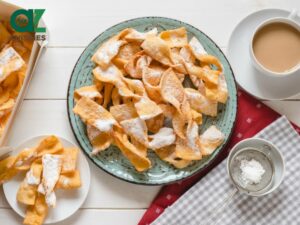
Angel wings are ribbon-shaped pastry that is fried and enjoyed with sugar.

Baklava is a layered filo pastry dessert popular in countries that were part of the Ottoman Empire.

Bánh includes various Vietnamese cakes, pastries, noodles, etc., often made from rice or wheat flour, and encompassing both sweet and savory varieties; each has unique ingredients, preparation, and cultural value.

Bánh bao is a Vietnamese steamed bun made with yeasted dough and a savory ground pork filling.

Bánh bèo is a type of small, steamed rice cake from Central Vietnam, often topped with savory ingredients and served with a sweet and spicy fish sauce for dipping.

Bánh bò is a Vietnamese sponge cake, known for its sweet taste and chewy texture with a honeycomb-like interior.

Bánh bột chiên is a Vietnamese dish of Chinese origin, consisting of fried rice flour dough served with pickles and soy sauce.

Bánh bột lọc is a traditional Vietnamese dumpling made from tapioca flour, typically stuffed with shrimp and pork and wrapped in a translucent dough.
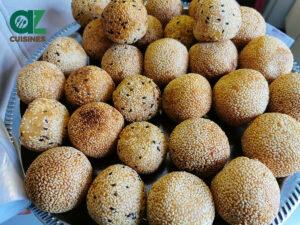
Bánh cam is a Vietnamese deep-fried glutinous rice ball filled with sweet mung bean paste and dipped in sugar syrup.
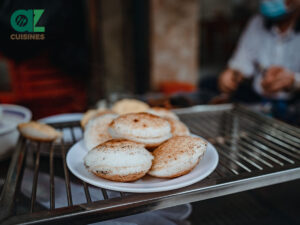
Bánh căn is a Vietnamese mini pancake often found in the central region, featuring rice flour batter and various toppings.

Bánh canh is a Vietnamese noodle soup with thick strands of tapioca or rice noodles, meat toppings, herbs, and broth.
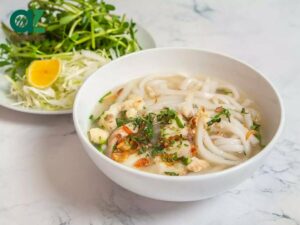
Bánh canh cá lóc is a rustic Vietnamese noodle soup made with thick rice noodles, snakeheads, and broth.
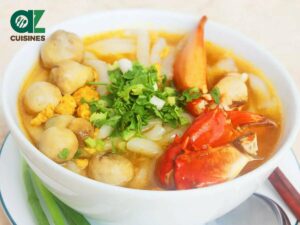
Bánh canh cua is a Vietnamese noodle soup made with thick noodles, crabs, pork, and a rich broth.
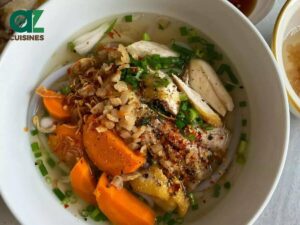
Bánh canh gà is a Vietnamese thick noodle soup with chicken as the main topping.
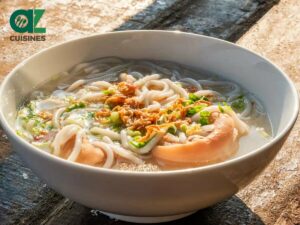
Bánh canh giò heo is a Vietnamese noodle soup consisting of thick rice noodles and pork knuckles or pork trotters.
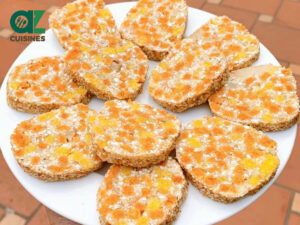
Bánh cáy is a traditional treat from Thai Binh, Vietnam, combining sticky rice with gac and gardenia fruits.
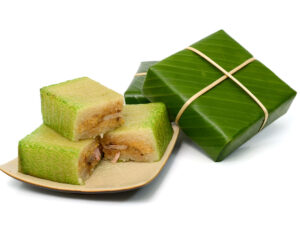
Bánh chưng is a Vietnamese square sticky rice cake made of glutinous rice, mung beans, and pork, all wrapped in lá dong leaves.
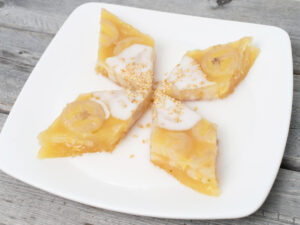
Bánh chuối is a Vietnamese dessert, essentially a sweet banana cake or bread pudding, mainly made with ripe bananas or plantains, rice flour, coconut milk, and sugar.
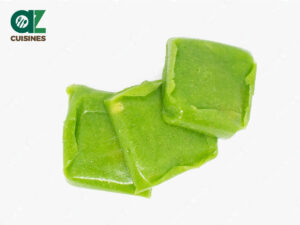
Bánh cốm is a Vietnamese snack with green glutinous rice and mung bean filling, often used in celebrations and festivals.
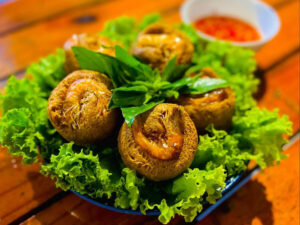
Bánh cống is a Vietnamese fried rice flour-based dish hailing from Soc Trang province in the southern region.
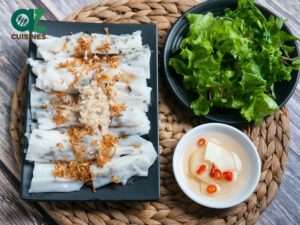
Bánh cuốn is a Vietnamese dish hailing from the northern region and consisting of various savory ingredients rolled in thin rice noodle sheets.
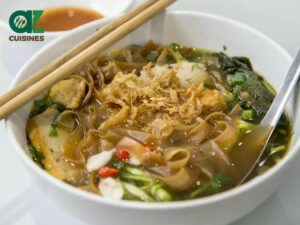
Bánh đa cua is a Vietnamese noodle soup from Hai Phong, featuring flat rice noodles, crab-and-pork broth, and various toppings.
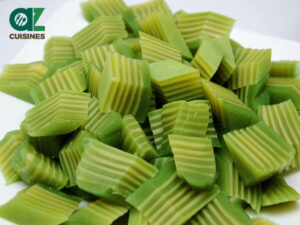
Bánh da lợn is a Vietnamese layered cake that features a soft, chewy texture with typically green and yellow hues.
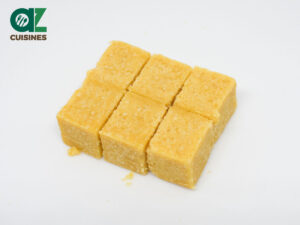
Bánh đậu xanh is a Vietnamese mung bean pastry usually produced in Hai Duong province.
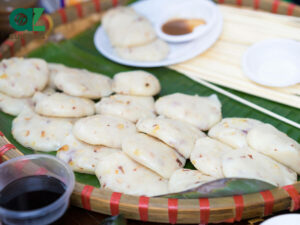
Bánh đúc is a traditional Vietnamese cake made from rice flour or tapioca flour and served with various foods.
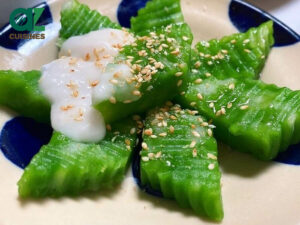
Bánh đúc lá dứa is a sweet Vietnamese dish made from rice flour, pandan juice, coconut milk, and sugar syrup.
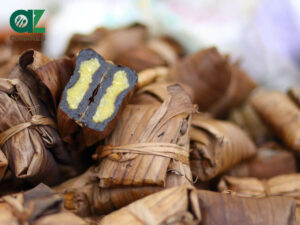
Bánh gai is a Vietnamese dessert made from glutinous rice and ramie leaf for a black color.
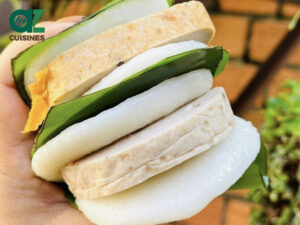
Bánh giầy is a round Vietnamese sticky rice cake made from glutinous rice.
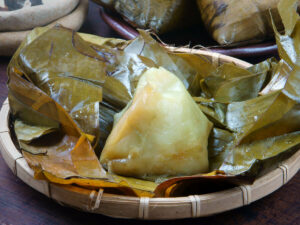
Bánh giò is a Vietnamese steamed savory rice cake wrapped in banana leaves with pork and mushroom filling.
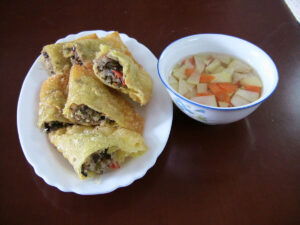
Bánh gối is a Vietnamese crescent-shaped savory pastry filled with ingredients such as minced pork, mushrooms, and noodles.
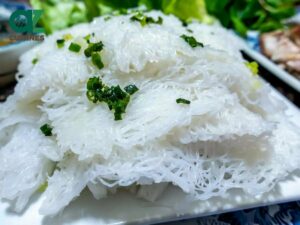
Bánh hỏi is a Vietnamese side dish prepared by weaving rice vermicelli into flat, rectangular bundles.
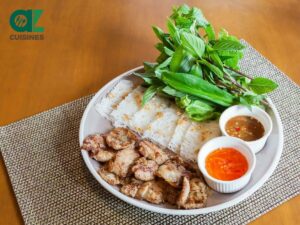
Bánh hỏi heo quay is a Vietnamese dish made with woven rice vermicelli, roast pork belly, herbs, and dipping sauce.
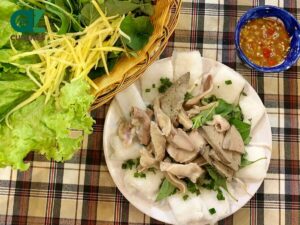
Bánh hỏi lòng heo is a Vietnamese dish popular in the central region, made with woven rice vermicelli, boiled pork belly, and pork offal.
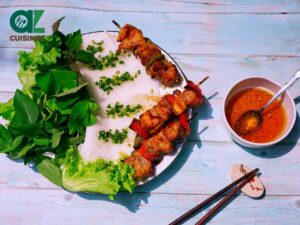
Bánh hỏi thịt nướng is a dish in Vietnam that brings together woven rice vermicelli, grilled pork, scallion oil, and Vietnamese dipping sauce.
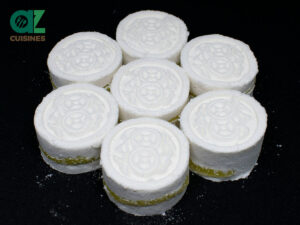
Bánh in is a Vietnamese cake craft from glutinous rice flour, mung beans, and sugar, and shaped by molds.
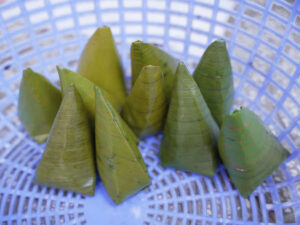
Bánh ít is a popular Vietnamese cake made from glutinous rice flour and mung bean using a steaming method.
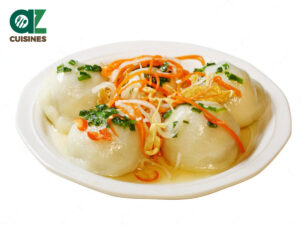
Bánh ít trần is a Vietnamese steamed glutinous rice cake hailing from the central and southern regions, usually filled with savory ingredients.

Bánh khảo is a block-shaped cake with an outer layer made of glutinous rice flour and a sweet filling that is derived from the Choang ethnic group.
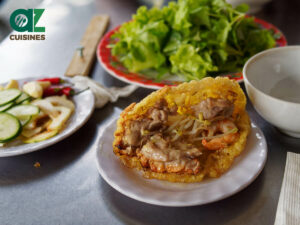
Bánh khoái is a Vietnamese pancake dish originating in Central Vietnam, especially in Thua Thien Hue Province.
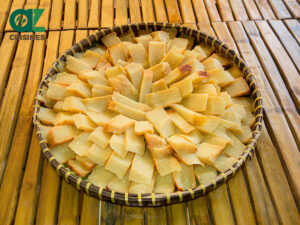
Bánh khoai mì is a Vietnamese cake made from grated cassava, sugar, and coconut milk, baked until it forms a golden crust.
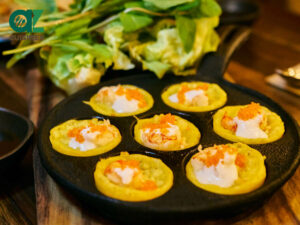
Bánh khọt is a Vietnamese savory mini pancake made from rice flour and is topped with shrimp for serving with a dipping sauce.

Bánh lá dừa is a Vietnamese cake in the Mekong Delta, made with glutinous rice and wrapped in coconut leaves.
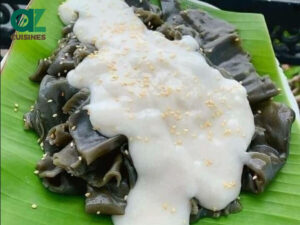
Bánh lá mơ is a Vietnamese cake hailing from the Mekong Delta, with rice flour and mơ leaves as the main ingredients.

Bánh mì is a Vietnamese sandwich with meats, pickled veggies, and sauces in a short baguette.
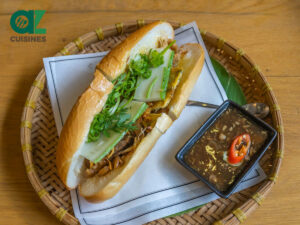
Bánh mì gà is a Vietnamese sandwich made with Vietnamese-style baguettes and chicken.
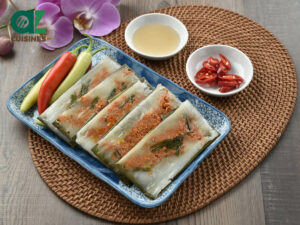
Bánh nậm is a Vietnamese dumpling from Central Vietnam, wrapped in banana leaves and made with rice flour, shrimp, and pork.
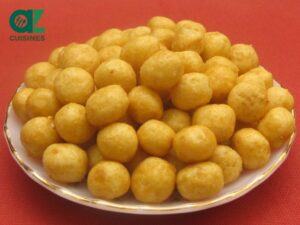
Bánh nhãn is a Vietnamese crispy fried cake made from glutinous or ordinary rice flour, shaped like a longan fruit.
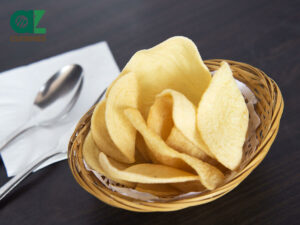
Bánh phồng tôm is the Vietnamese prawn cracker, a deep-fried snack made with flour and prawn meat.
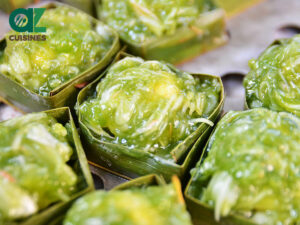
Bánh phu thê is a Vietnamese steamed cake that hails from the northern region and is usually served at weddings.
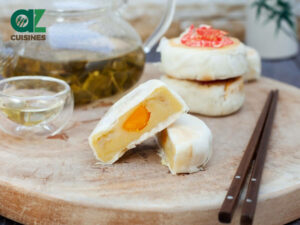
Bánh pía is a Vietnamese treat featuring a flaky pastry crust and various sweet or savory fillings.
What Are The Differences between Traditional Dishes and National Dishes?
Here is a comparison table outlining the key differences between traditional dishes and national dishes.
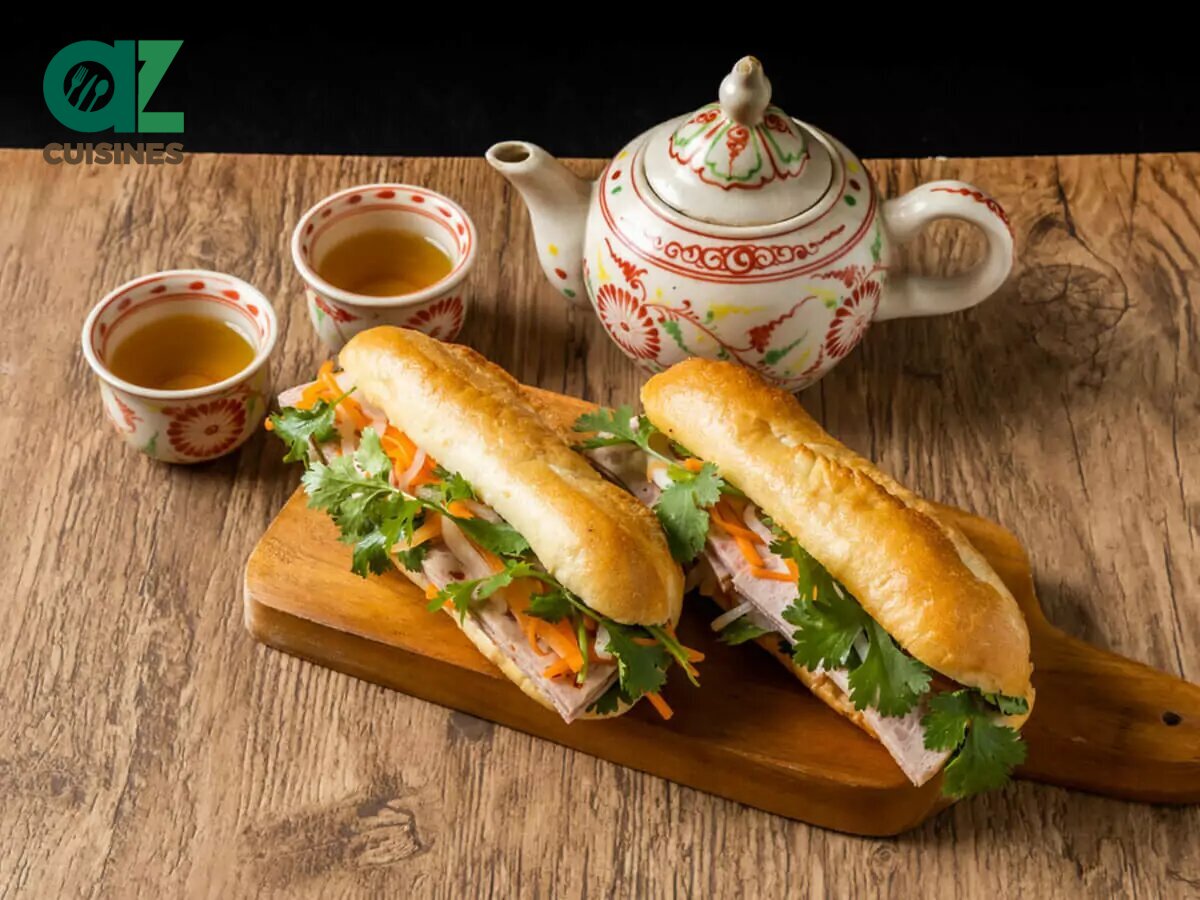
Traditional Dishes
Definition: Specific to a particular culture or region, reflecting local culinary traditions.
Cultural Significance: Deeply rooted in locals’ lives and passed down through generations.
Ingredients: Often use local, region-specific ingredients and cooking methods.
Popularity: Initially popular within a specific region or community.
Evolution: Can become national dishes if they gain widespread acceptance across the nation and abroad.
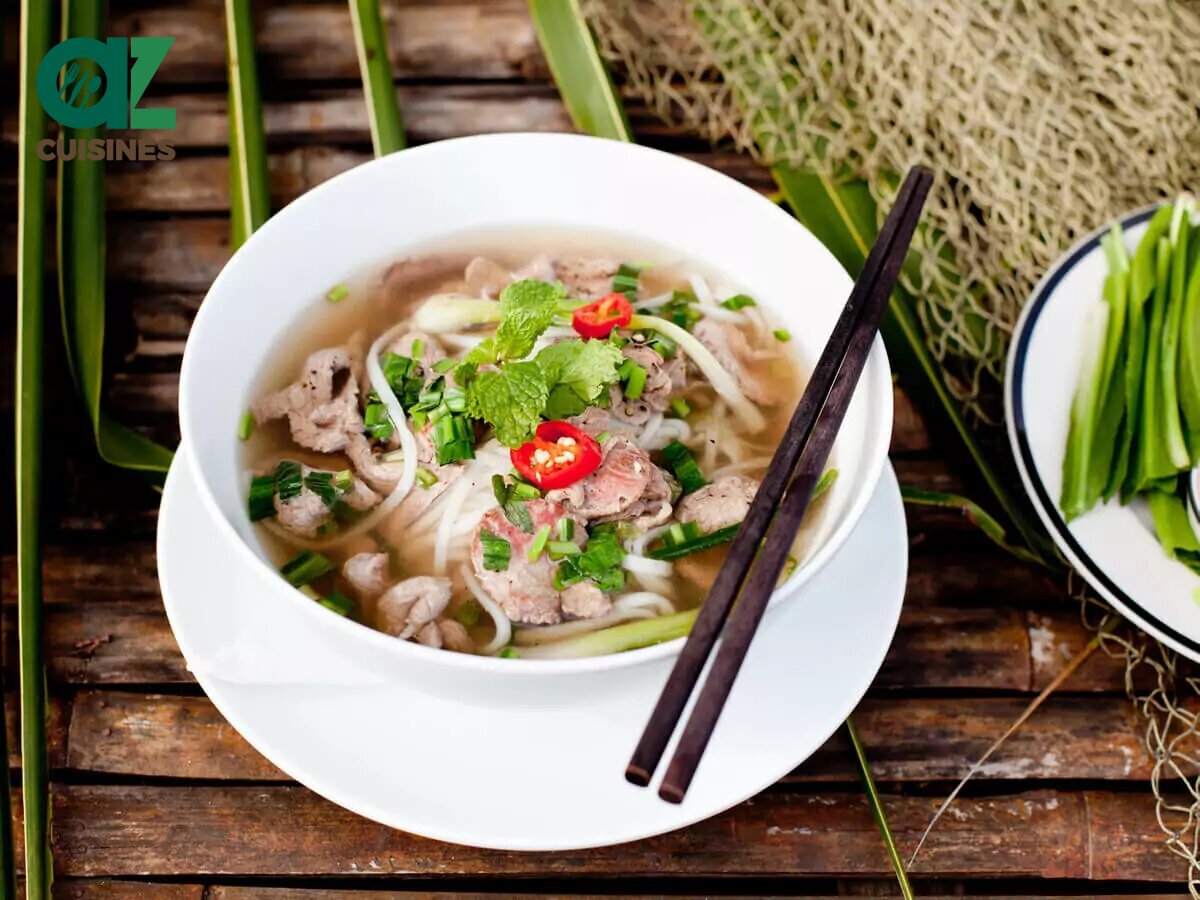
Definition: Representations of a country’s cuisine, symbolizing its culinary identity.
Cultural Significance: Serve as culinary symbols both domestically and internationally.
Ingredients: Use a wider range of ingredients
Popularity: Gain widespread popularity and acceptance nationally and internationally.
Evolution: Initially may have been traditional dishes from a specific region.
There are also factors that influence these delights, which will be explained in the following section.
List of Traditional Dishes By Countries
Below is the list of the most popular traditional delicacies of many countries in the world. They are a celebration of culinary diversity.
- Argentina: Asado, empanadas, dulce de leche
- Belgium: Moules-frites, Belgian waffle
- Brazil: Feijoada, pão de queijo, moqueca
- Canada: Poutine, butter tart, tourtière, bannock
- China: Dim sum, hot pot, peking duck
- Costa Rica: Gallo pinto, casado, ceviche
- Cyprus: Tsamarella
- Czech Republic: Svíčková, kolach
- Denmark: Smørrebrød, frikadelle
- Finland: Karelian pasty, ruisreikäleipä
- France: Ratatouille, coq au vin, crème brûlée
- Germany: Bratwurst, Black Forest ham, käsespätzle
- Greece: Moussaka, souvlaki, spanakopita
- Guatemala: Fiambre
- Hungary: Goulash, túrós csusza, lángos
- Iceland: Hákarl, plokkfiskur, hangikjöt
- India: Biryani, butter chicken, samosa, masala dosa
- Indonesia: Rendang, satay, gado-gado, tempeh
- Iran: Abgoosht, ghormeh sabzi, sabzi polo
- Italy: Pizza, lasagna, risotto, tiramisu
- Japan: Sushi, ramen, tempura, sashimi
- Kazakhstan: Beshbarmak, qazı
- Korea: Kimchi, bulgogi, bibimbap, tteokbokki
- Kyrgyzstan: Pilaf, kuurdak
- Mexico: Taco, tamale, mole, tostada, guacamole
- Nepal: Dhindo
- Nigeria: Jollof rice, egusi
- Saudi Arabia: Hininy, kabsa
- Peru: Aji de gallina, lomo saltado
- Russia: Pelmeni, borscht, beef stroganoff
- Singapore: Hainanese chicken rice
- Spain: Paella, gazpacho, churros
- Sweden: Falukorv
- Tajikistan: Qurutob
- Thailand: Pad Thai, tom yum, khao soi, green curry
- Turkmenistan: Chorba
- United Kingdom: Fish and chips, Sunday roast, full English breakfast, Shepherd’s pie
- Uzbekistan: Samsa, manti
- Vietnam: Phở, bánh mì, gỏi cuốn, bánh xèo
In general, these dishes are also influenced by geographical and historical factors, shaping their unique characteristics.
How Do Geography and History Influence Traditional Dishes?
Geography and history are crucial factors that shape the traditional dishes of a country. Here are five key impacts:
Availability of Ingredients
Geography directly affects the types of ingredients available in a region.
Coastal areas have many types of seafood, while mountainous regions or semi-arid landscapes rely more on livestock, dairy products, and root vegetables.
Climatic Influence
The climate of a region is a significant factor in deciding what can be grown and harvested there.
A tropical and subtropical climate (like in Southeast and South Asia) is ideal for producing many kinds of fruits, spices, and vegetables.
In contrast, colder climates (like highland or mountainous climates) focus on preserved foods (like dried meat or fermented vegetables).
Historical Trade Routes
The history of trade routes has introduced new ingredients and culinary techniques to various regions.
The Silk Road is a good example of a trade route that facilitated the exchange of ingredients and culinary ideas between the East and the West.
Cultural Exchange
Conquests, colonization, migrations, and trade have led to cultural exchanges that deeply influence traditional dishes.
For example, the colonization of the Americas led to tomatoes, potatoes, and corn being spread to Europe, Asia, and Africa.
Religious and Ethical Beliefs
These factors also have impacts on traditional dishes.
Dietary laws in religions such as Islam, Judaism, and Hinduism dictate what food can be eaten and how it should be prepared.
Religious festivals and fasting periods also play a role in the creation of specific traditional dishes for these events.
Next, you’ll find out some main components to make traditional dishes around the world.
What Are the Key Ingredients of Traditional Dishes?
Traditional dishes across the world are made from various types of ingredients, which are influenced by geography, climate, culture, and even the history of the regions or countries.
Common ingredients that highlight the characteristics of the countries/regions’ cuisines are:

Locally sourced meat or seafood
Prominent ones are beef, chicken, pork, lamb, fish, etc. They are used in various forms, in pieces or minced.
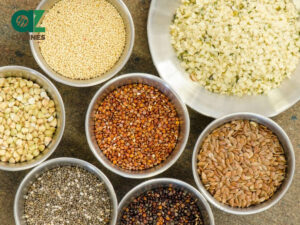
Grains
They include a wide range of grains like wheat, rice, barley, quinoa, etc. They are versatile and can be found in forms ranging from bread and pasta to rice dishes and porridges.

Vegetables
Each region or country has its own set of popular vegetables based on climate and agricultural practices. They add flavor, texture, and nutrients to dishes.
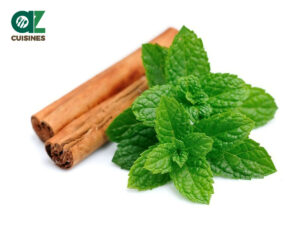
Spices or herbs
They are used to season or color dishes. They are also key in defining the unique flavors of a cuisine.
For more information about them, you can refer to the list of ingredients in the world.
What Are Common Cooking Methods for Traditional Dishes?
As you journey through the cooking traditions in many countries, you should know some common culinary techniques that create their iconic traditional dishes.
Common methods include:
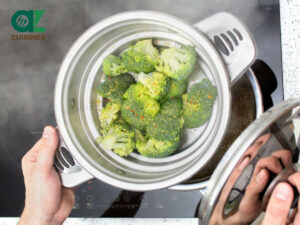
Steaming
Food is cooked in steam from boiling water.
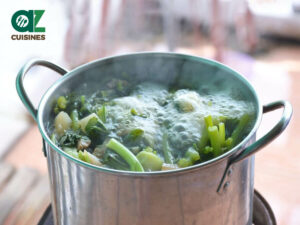
Boiling
It involves cooking food in boiling water or other liquids like broth.
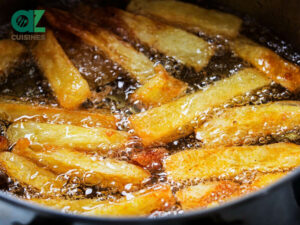
Frying
There are several types of frying (deep-frying, stir-frying, pan-frying, etc).

Baking
Food is normally cooked in an oven, using indirect, dry heat.
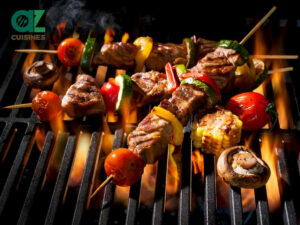
Grilling
Cooking food with direct heat from below.
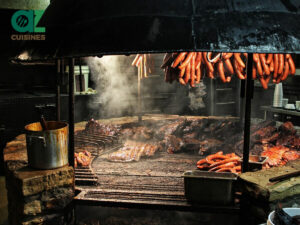
Smoking
A method of flavoring, cooking, or preserving food by exposing it to smoke from burning or smoldering material, usually wood.
To comprehensively understand the world of cooking arts and explore how different countries bring their dishes to the table, check out the full options of cooking methods.
What Is The Significance of Traditional Dishes in Cultural Heritage?
Here are four key aspects of how traditional dishes contribute to cultural heritage:
Cultural Representation
Traditional dishes are those that represent a culture’s history, geography, and beliefs. They also use locally available ingredients, reflecting the region’s agricultural practices and climates.
Transmission of Tradition
The preparation of traditional dishes can be seen as a good way to transmit cultural heritage from one generation to the next.
Recipes and cooking methods are often passed down through families, preserving ancestral knowledge and skills.
Economic and Touristic Importance
Culinary tourism is increasingly popular. Traditional dishes attract tourists to experience local culture through food.
This interest can have a significant economic impact on local communities, providing opportunities for small businesses like street vendors or local artisans.
These dishes also play a role in national branding and marketing, helping to distinguish a country’s cooking masterpieces on the global stage.
Social Connection
Traditional dishes also contribute to social customs. They are often the highlight of social gatherings, festivals, and communal celebrations, ideal for unity.
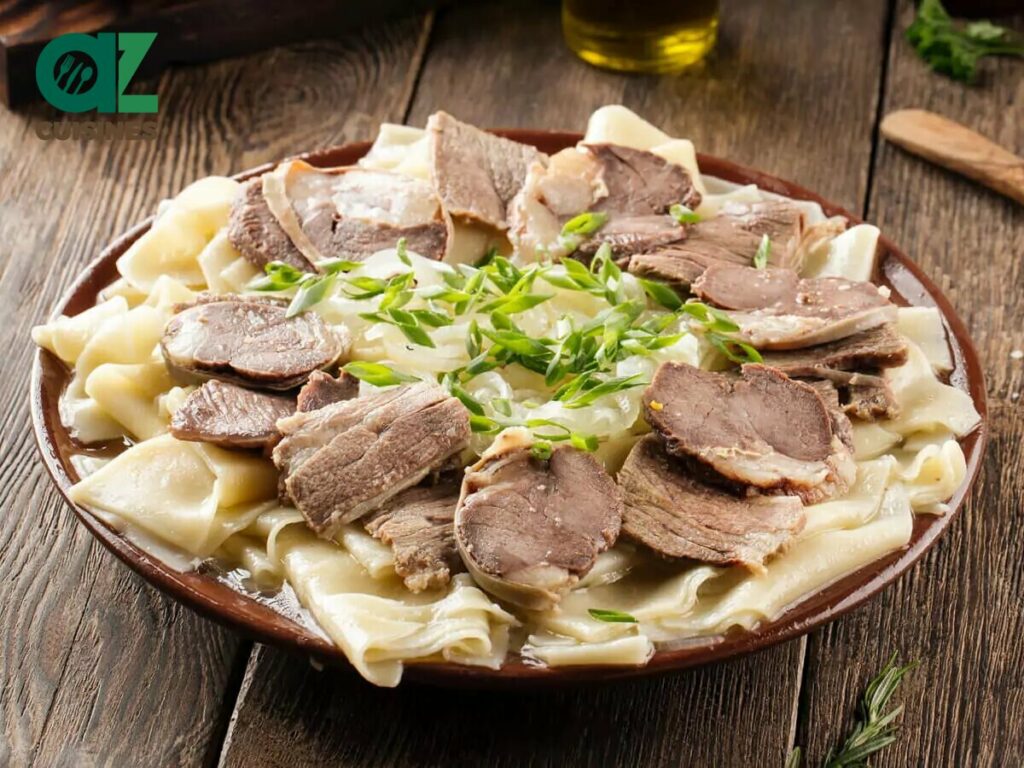
What Are Traditional Dishes’ Social Customs?
The social customs of traditional dishes vary based on regions, cultures, and traditions. Below are some common themes.
Symbolic Meanings
Some dishes have certain symbolic meanings. They include ingredients or preparation methods representing luck, health, or prosperity.
For example, in many countries, eating certain dishes during New Year is believed to bring good luck.
Ceremonial Uses
Some dishes are prepared specifically for ceremonial purposes, such as weddings, funerals, religious ceremonies, and rites of passage.
These foods often have deep cultural significance and are prepared with great care.
Rituals and Traditions
The preparation and consumption of traditional dishes are often accompanied by specific rituals.
Some can be eaten with hands during special events, respecting a sequence that honors elders and fosters communal unity.
Regional and Ethnic Identity
Traditional dishes often serve as an expression of regional or ethnic identity.
They can be a source of pride and a way to celebrate the unique history and traditions of a particular area or cultural group.
Communal Cooking and Eating
In many cultures, preparing traditional dishes is a communal activity that brings together family members or the larger community.
Hospitality and Welcoming Guests
Offering traditional dishes is a common way to show hospitality and welcome guests.
In the following section, discover how these time-honored dishes are being adapted in modern times.
How Are Traditional Dishes in Modern Times?
While traditional in nature, many of these dishes and customs evolve over time, adapting to changes in society, technology, and ingredient availability, while still maintaining a link to the past.
Here’s how traditional dishes are being adapted and maintained in the modern context:
Preservation of Cultural Heritage
Many locals continue to prepare traditional dishes as a way of preserving and celebrating their cultural heritage, especially during festivals, special occasions, and family gatherings.
Convenience and Adaptation
Modern lifestyles often demand convenience, leading to quicker or simplified versions of traditional dishes.
This includes the use of modern kitchen appliances and pre-made ingredients to reduce cooking time.
Restaurants and Global Cuisine
Traditional dishes are increasingly featured in restaurants around the world, often adapted to suit local tastes and available ingredients.
Finally, for a comprehensive view of these classic delights, you shouldn’t miss the frequently asked questions with their short answers.
What Are Tips to Pair Traditional Dishes with Beverages?
Pairing traditional dishes with beverages can greatly enhance the dining experience. Below are three important notes.
Considering the Intensity of Flavors
Pair light dishes with light beverages and heavy dishes with more robust drinks.
A delicate fish dish pairs well with a light white wine, while a hearty beef stew might go better with a full-bodied red wine or a stout beer.
Considering Regional Pairings
Often, dishes and beverages that originate from the same region naturally pair well.
Italian pasta dishes, for example, tend to pair beautifully with Italian wines, or Japanese sake with sushi.
Experiment with Non-Alcoholic Pairings
Not all pairings need to involve alcohol. Teas, flavored waters, and soft drinks can also complement traditional dishes.



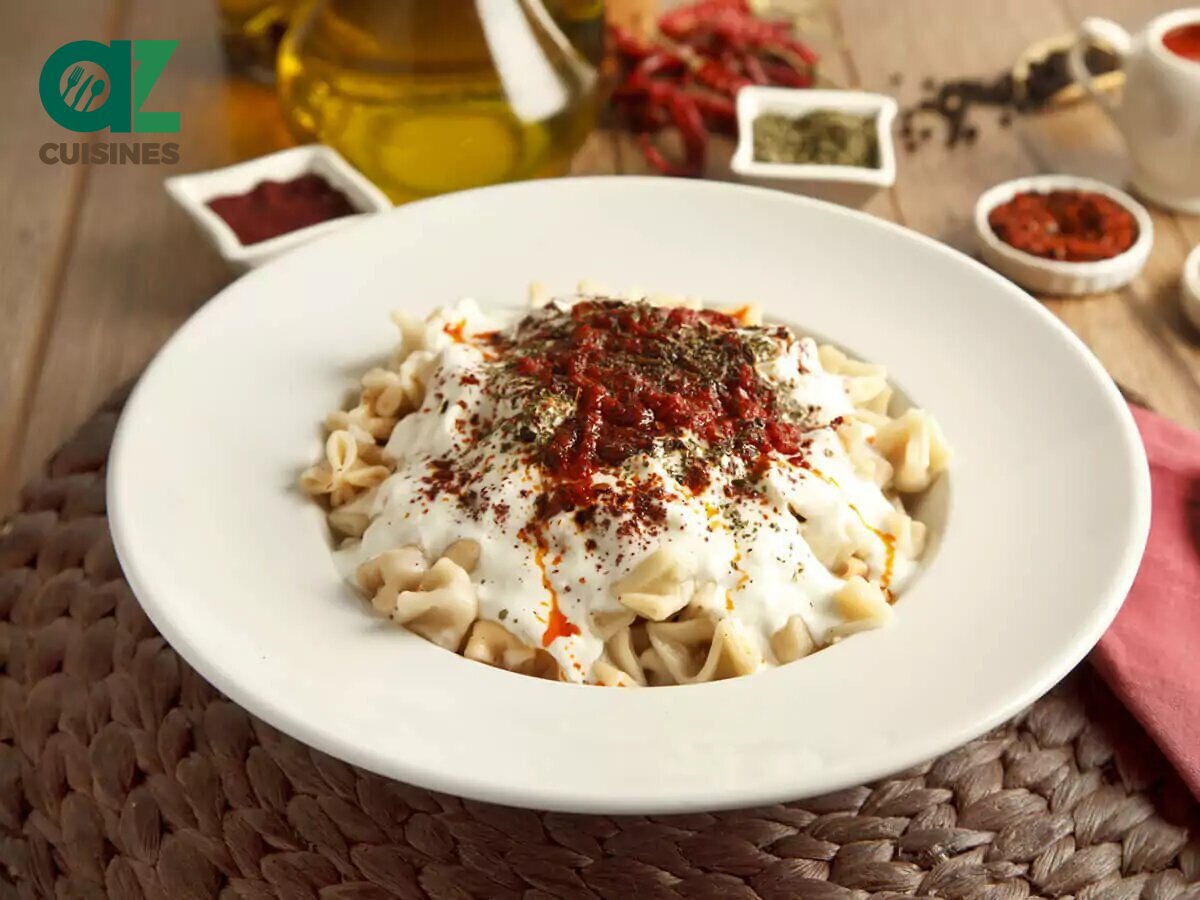

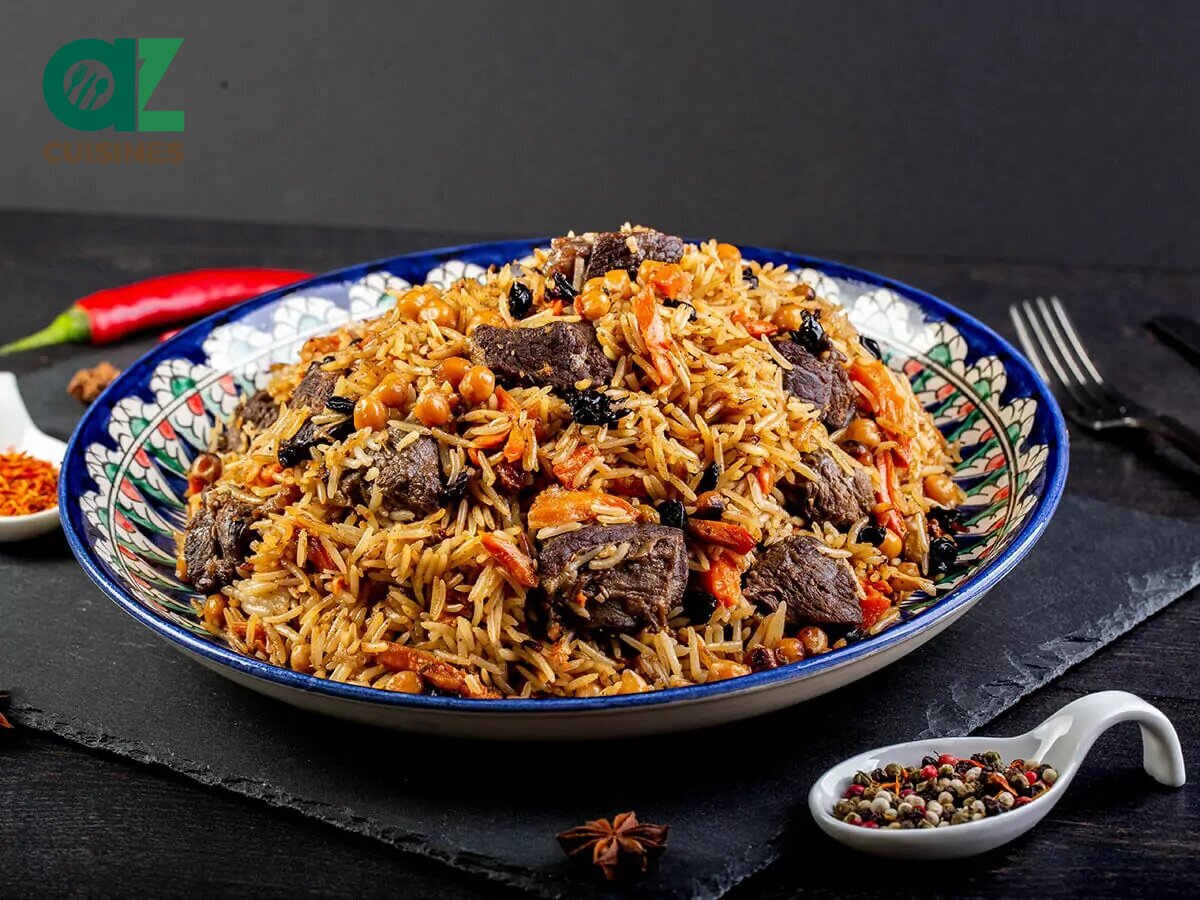

Adam Sam
Senior Food and Drink Editor
Expertise
Food Writer & Recipe Developer, Recipe Tester, Bartender, Cooking-video Maker, Editor In Chief
Education
Adam Sam, an experienced food writer and recipe developer, is passionate about blending diverse culinary traditions, national dishes, and innovative beverages, showcasing his proficiency in both traditional and modern recipe testing.
As the Editor-in-Chief, he elevates culinary content from street food to fine dining, focusing on Western cuisine and types of drinks at azcuisines.com, and is professional in creating engaging cooking videos that simplify complex dishes and ingredients.
His passion for food is evident in his writing, where he uniquely merges various cultures, traditions, and contemporary trends, skillfully combining classic recipes with modern cooking methods.